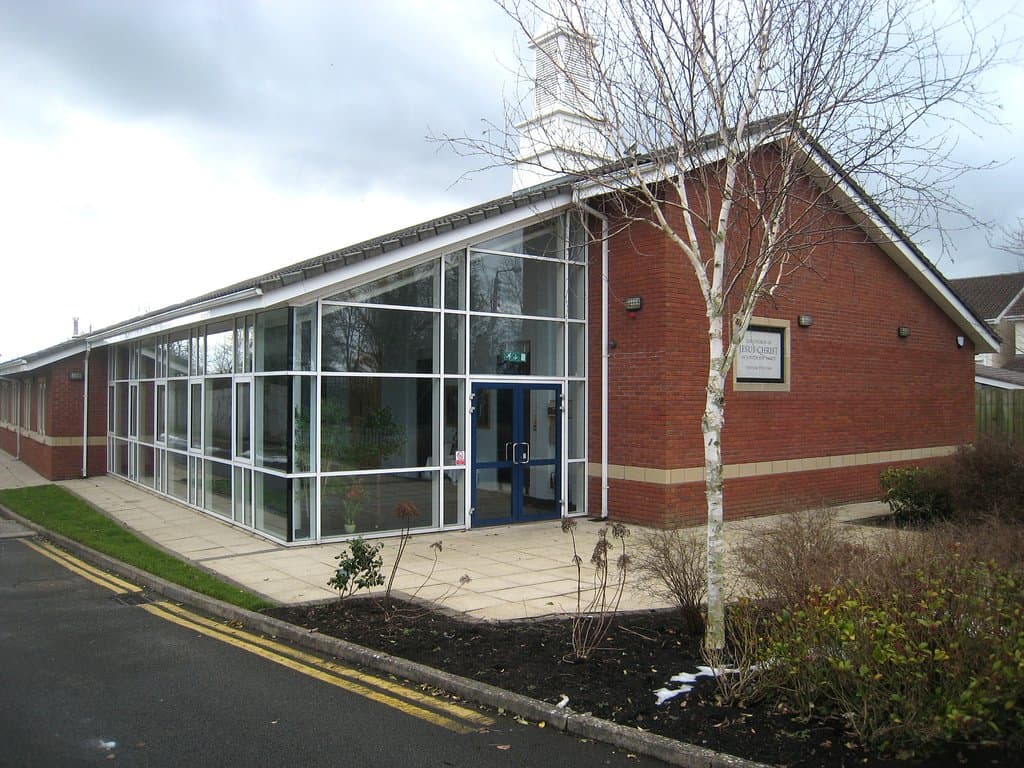
Church of the Gesù Rome
A Baroque masterpiece and the mother church of the Jesuits, famed for its stunning ceiling fresco and daily evening spectacle.
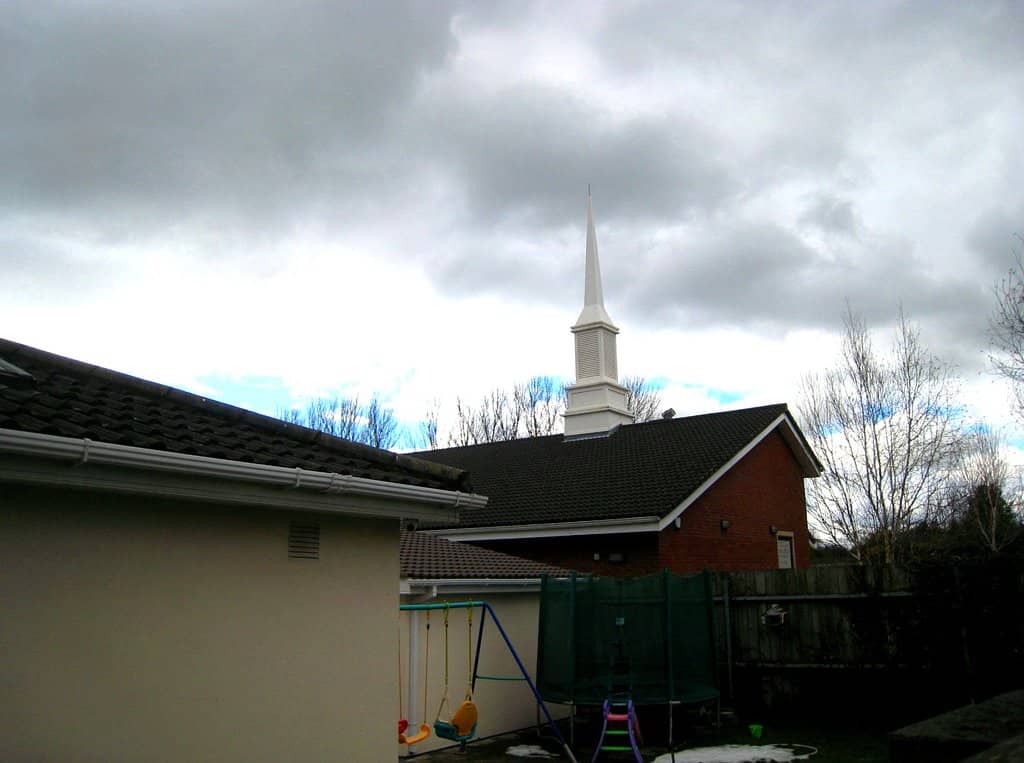
Highlights
Must-see attractions
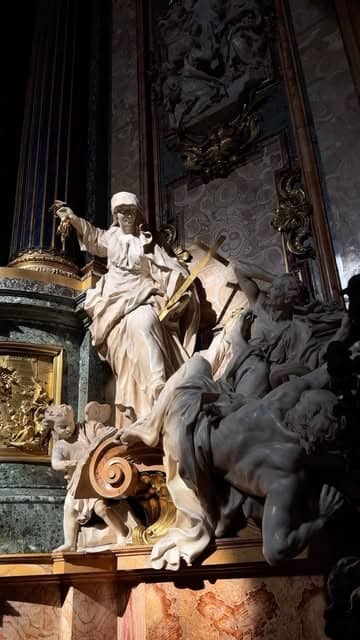
Social
From TikTok & Reddit
Best Time
See the Baroque Machine show

Church of the Gesù Rome
Best Time
See the Baroque Machine show

Highlights
Must-see attractions
A Baroque masterpiece and the mother church of the Jesuits, famed for its stunning ceiling fresco and daily evening spectacle.
"One of the most beautiful churches in Rome that many miss out on."
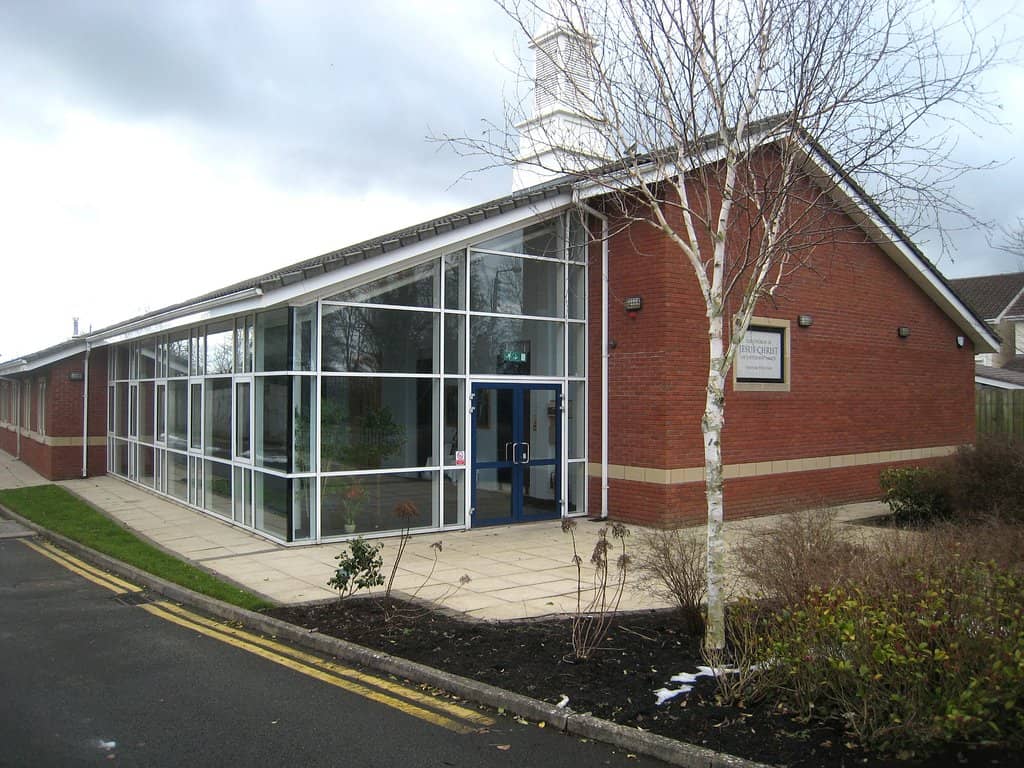
🎯 Catch the Evening Show
Arrive by 5:30 PM to witness the magical 'Macchina Barocca' reveal. :performing_arts:
⬆️ Look Up at the Ceiling
Gaulli's fresco is a must-see! Prepare for neck craning. :eyes:
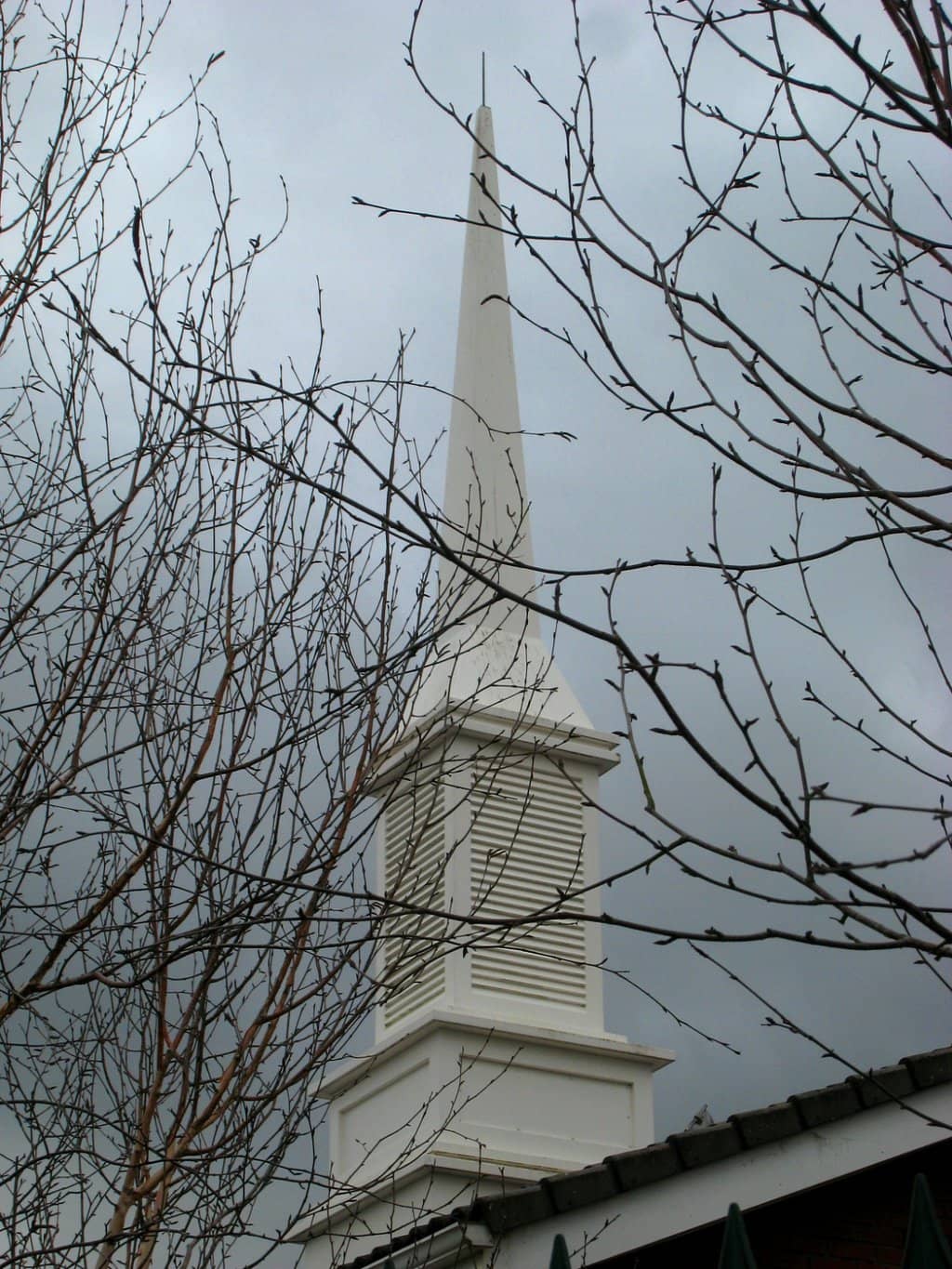
Highlights
Discover the most iconic attractions and experiences
The Triumph of the Name of Jesus
Ceiling
Gaulli's breathtaking ceiling fresco creates an illusion of heaven opening up. A true Baroque masterpiece!
Macchina Barocca (Baroque Machine)
Tomb of St. Ignatius of Loyola
Witness a daily evening spectacle where a theatrical altarpiece dramatically ascends.
Jesuit Mother Church Significance
Interior
Explore the spiritual heart of the Jesuits, a symbol of their order and mission.
Plans like a pro.
Thinks like you
Planning Your Visit
Timing Your Visit for the Baroque Machine
Appreciating the Jesuit Mother Church
Best Times
Insider Tips
from TikTok, Instagram & Reddit
🎯 Catch the Evening Show
Arrive by 5:30 PM to witness the magical 'Macchina Barocca' reveal. :performing_arts:
⬆️ Look Up at the Ceiling
Gaulli's fresco is a must-see! Prepare for neck craning. :eyes:
⛪ Reflect on Jesuit History
Understand its role as the mother church of the Jesuits. :pray:
🚶♀️ Explore Beyond the Main Altar
Discover chapels and tombs, including St. Ignatius's. :walking:
Tips
from all over the internet
🎯 Catch the Evening Show
Arrive by 5:30 PM to witness the magical 'Macchina Barocca' reveal. :performing_arts:
⬆️ Look Up at the Ceiling
Gaulli's fresco is a must-see! Prepare for neck craning. :eyes:
⛪ Reflect on Jesuit History
Understand its role as the mother church of the Jesuits. :pray:
🚶♀️ Explore Beyond the Main Altar
Discover chapels and tombs, including St. Ignatius's. :walking:
What Travellers Say
Reviews Summary
Visitors find the Church of the Gesù to be a surprisingly welcoming and beautiful church, often described as a hidden gem. Many are captivated by the stunning Baroque art, especially the ceiling fresco and the evening 'Macchina Barocca' show. While small, its historical significance as the Jesuit mother church adds to its appeal.
"It's a small church but very welcoming :)"
Maddy D
"Evil.best place to be on Sunday"
elena letinu
""
Tato irbis
What People Like
What People Dislike
Frequently Asked Questions
🚇 🗺️ Getting There
The Church of the Gesù is centrally located in Rome, easily accessible by public transport. You can take buses that stop near Largo di Torre Argentina or walk from the Pantheon. It's a popular stop for those exploring the historic center.
Yes, it's very close to many key Roman landmarks. You can easily combine a visit with the Pantheon, Piazza Navona, and Largo di Torre Argentina.
While it's a bit of a walk (around 25-30 minutes), it's a pleasant stroll through the historic streets of Rome. Alternatively, you can take a bus or tram.
From Termini Station, you can take a bus (e.g., line 64 or 40) towards the city center and get off at a stop near Largo di Torre Argentina, then walk a short distance.
Parking in central Rome is notoriously difficult and expensive. It's highly recommended to use public transport or walk to reach the church.
🎫 🎫 Tickets & Entry
Entry to the Church of the Gesù is generally free. However, there might be a small fee or donation requested for special exhibits or to access certain areas.
The church is typically open daily, but hours can vary. It's best to check the official schedule, especially if you want to see the evening 'Macchina Barocca' show, which usually starts around 5:30 PM.
No, general admission to the Church of the Gesù is free. Donations are appreciated to help with its upkeep.
Yes, you can visit on Sundays, but be aware that Mass services may affect visiting hours or access to certain areas. The evening show might also have slightly different timings on weekends.
Visiting on weekday mornings, shortly after opening, is usually the best bet for fewer crowds. The evening show, while spectacular, can draw a significant audience.
🎫 🧭 Onsite Experience
The 'Macchina Barocca' is a theatrical baroque altarpiece that is revealed daily in the evening. It's a stunning mechanical display that was used for evangelization through dramatic shows.
As it is a place of worship, modest dress is recommended. Shoulders and knees should be covered.
Photography is generally allowed, but flash photography is usually prohibited to protect the artwork and maintain the solemn atmosphere. Always check for specific signage.
A quick visit to admire the main altar and ceiling might take 30 minutes. To fully appreciate the art and perhaps see the evening show, plan for 1-2 hours.
While official guided tours might not always be available, you can often find information leaflets or volunteer guides. The church's significance as the Jesuit mother church is a key point to learn about.
🍽️ 🍽️ Food & Dining
Yes, the area around the Church of the Gesù is filled with trattorias, cafes, and restaurants offering traditional Roman cuisine. You'll find plenty of options within a short walking distance.
Food and drink are generally not permitted inside the church itself to preserve its sanctity and artwork. However, numerous dining establishments are located just outside.
You can find classic Roman dishes like Cacio e Pepe, Carbonara, Amatriciana, and Saltimbocca alla Romana. Many places also offer pizza and gelato.
Yes, while some restaurants can be pricey, you can find more affordable options like pizza al taglio (pizza by the slice) or smaller cafes offering panini.
For dinner, especially at popular trattorias, making a reservation is highly recommended, particularly during peak tourist season.
📸 📸 Photography
The ceiling fresco is a prime subject, but also try to capture the grandeur of the main altar and the 'Macchina Barocca' during its evening reveal. The facade is also photogenic.
Tripods are often not allowed inside churches to avoid obstructing other visitors and for safety reasons. It's best to check specific rules upon arrival.
Morning light can be beautiful for the interior, highlighting the details of the artwork. The evening show offers unique photographic opportunities with dramatic lighting.
While photography is usually permitted, be mindful of the dramatic lighting and movement. Avoid using flash, as it can detract from the experience and potentially disturb others.
Given the potentially low light conditions, a wider aperture and a higher ISO might be necessary. Consider using a camera with good low-light performance or a fast lens.
For Different Travelers
Tailored advice for your travel style
👨👩👧 Families with Kids
🏛️ History Buffs & Art Enthusiasts
🙏 Spiritual Seekers
Deep Dives
In-depth insights and expert knowledge
The Baroque Masterpiece: Artistry of the Gesù
Gaulli's ceiling fresco, 'The Triumph of the Name of Jesus,' is particularly renowned. It creates a powerful illusion of the heavens opening up, with figures of saints and angels seemingly bursting out of the painted architecture. This trompe-l'oeil effect is a hallmark of Baroque art, aiming to draw the viewer into a divine experience. The dynamic composition and vibrant colors make it a truly unforgettable sight.
Beyond the ceiling, the church houses the tomb of St. Ignatius of Loyola, the founder of the Society of Jesus. The elaborate altar and surrounding chapels are also rich in artistic detail, reflecting the Counter-Reformation's emphasis on grandeur and emotional appeal to reaffirm Catholic faith.
The Spectacle of the Macchina Barocca
Originally conceived as a tool for evangelization, the Macchina Barocca uses music, light, and mechanical movement to create a captivating spectacle. It's a living piece of history, demonstrating how art and technology were combined in the Baroque era to engage audiences and convey religious messages with heightened emotional impact. Witnessing this daily ritual offers a glimpse into historical methods of religious outreach.
The performance typically begins around 5:30 PM, though times can vary seasonally. Arriving a little early is recommended to get a good vantage point. The ascent of the altarpiece, often accompanied by swelling music and dramatic lighting, is a truly memorable moment for visitors.
The Gesù: Mother Church of the Jesuits
As the principal church of the Jesuits, it embodies their mission and spirit. The church's design and opulent decoration reflect the Counter-Reformation's drive to reassert the power and glory of the Catholic Church. It served as a model for Jesuit churches worldwide, influencing architectural styles and liturgical practices. Understanding its role as the Jesuit headquarters adds a deeper layer to the visitor experience.
Today, the Church of the Gesù continues to be an active place of worship and a significant pilgrimage site for those connected to the Jesuit order. It stands as a testament to the enduring legacy of St. Ignatius of Loyola and the global impact of his spiritual movement.
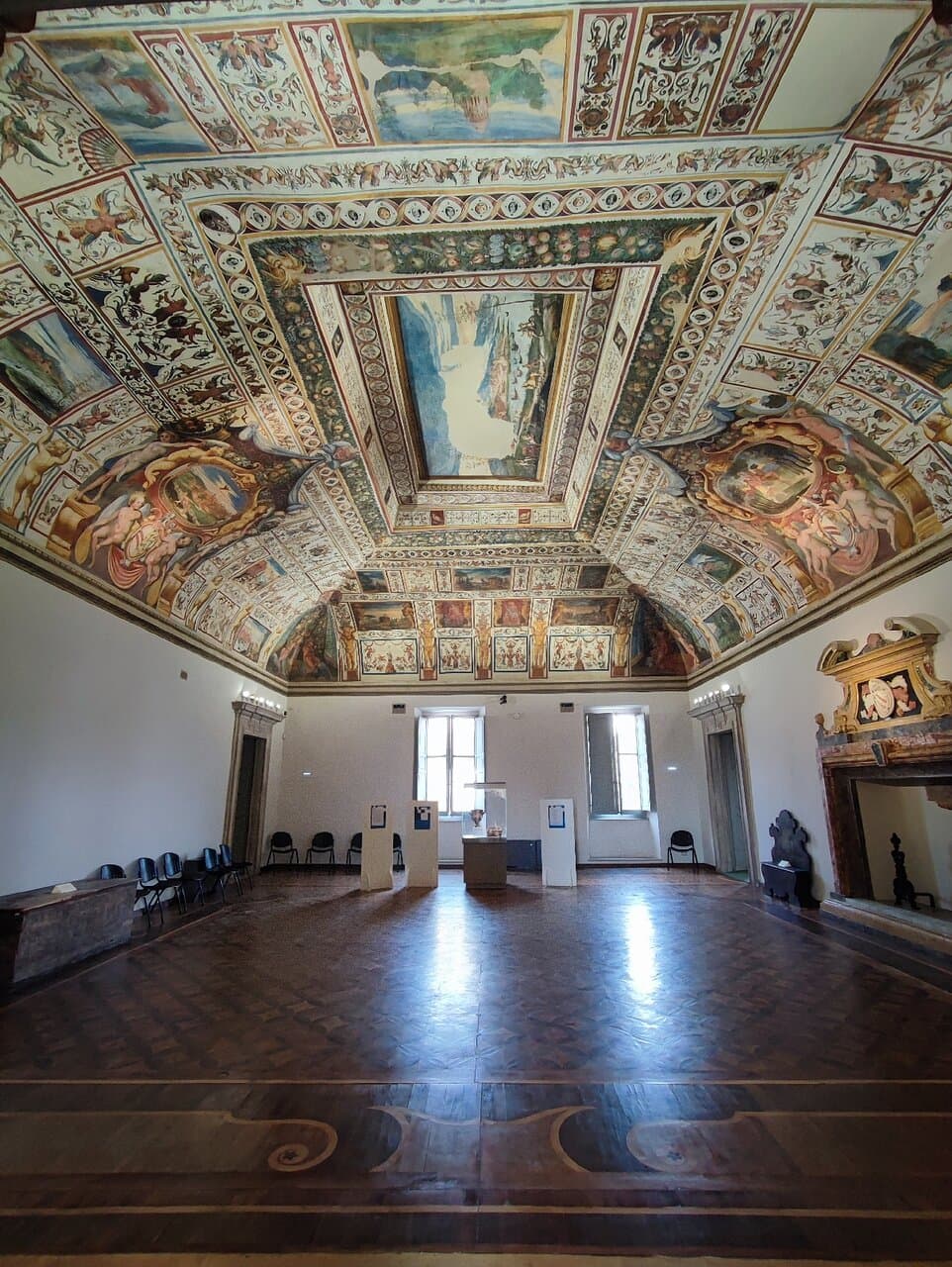
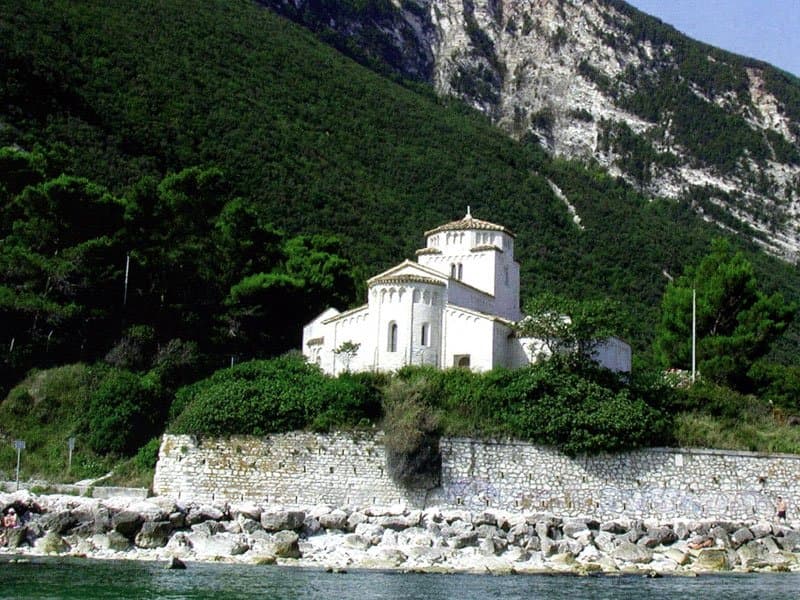

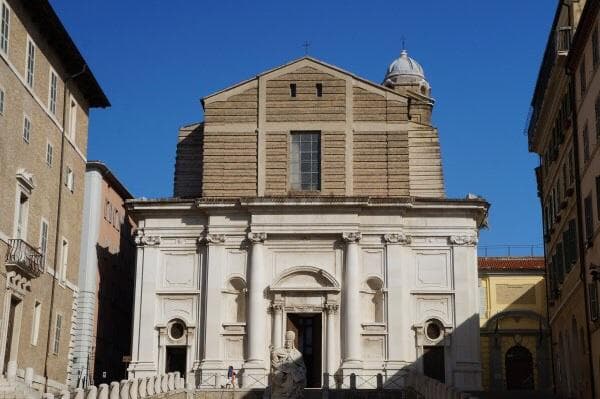
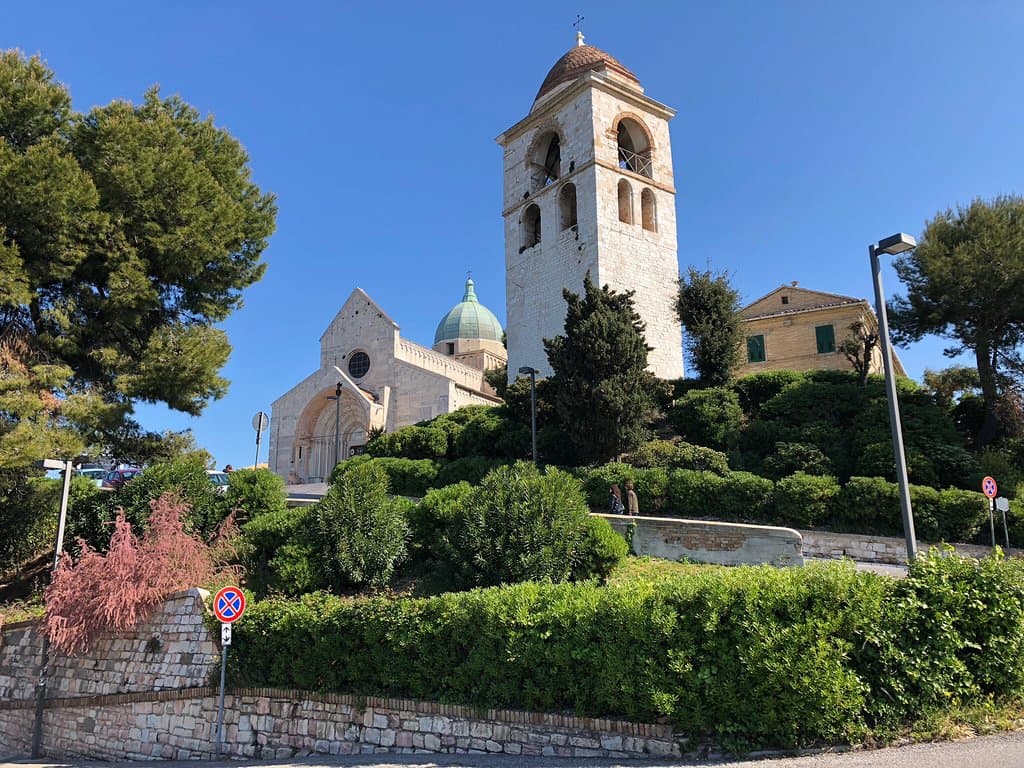

Social
from TikTok, Instagram & Reddit